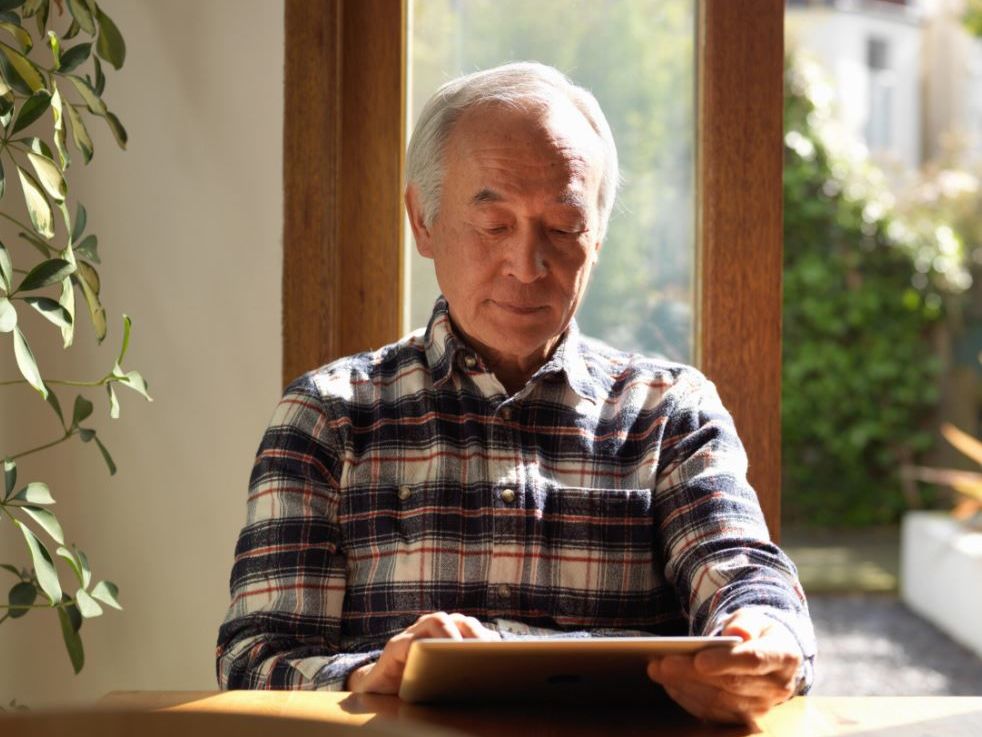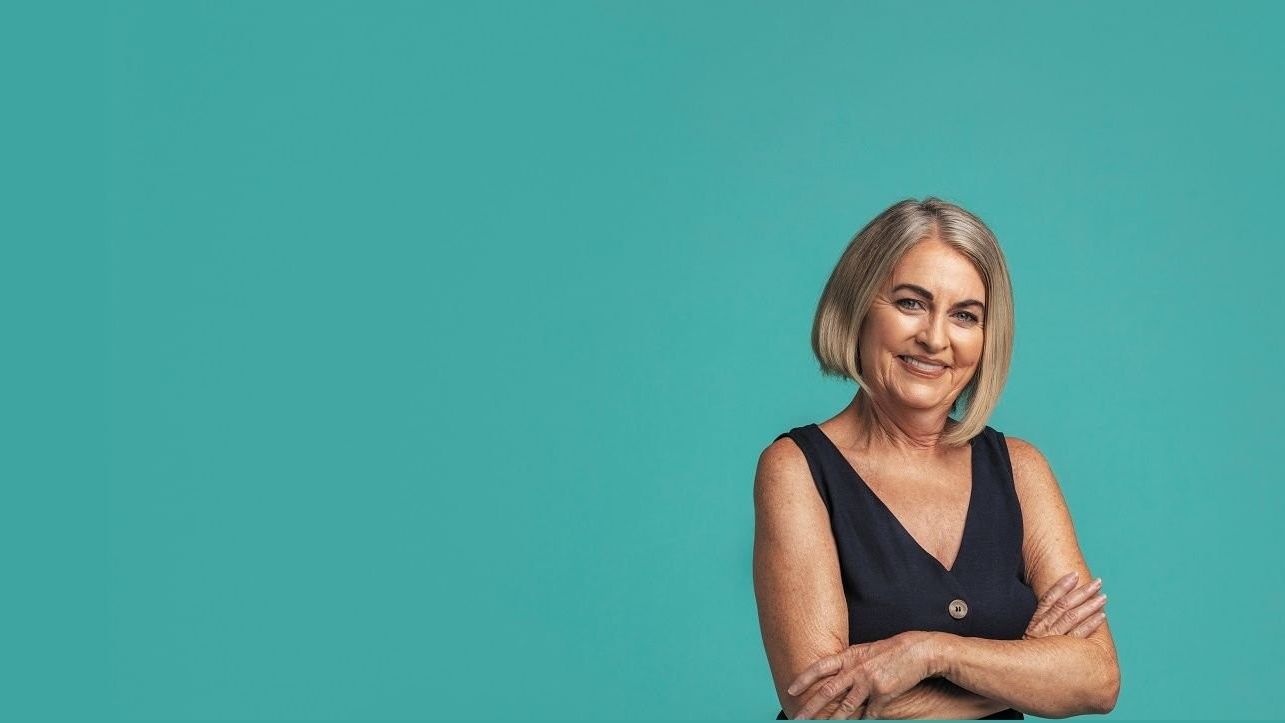Where to go for the best news?
Research finds that social media and “influencers” are major news sources – even though we are worried about their veracity.

Gone are the days when newspapers, radio, and television were the main and only sources of news and information, no matter your age.
Today, the divide between Boomers and everyone else is marked between “old” media and the digital world; with serious implications for how we, as a society, inform our democracy and way of life.
Research has found most people consume news from television, but social media is quickly catching up, despite being regarded as a major source of misinformation.
The Digital News Report: Australia 2025, released by the University of Canberra’s News and Media Research Centre, offers an interesting insight into what contemporary Australians want from journalism and what we see as major sources of misinformation.
Journalists are among the suspects, as well as:
Online influencers and personalities (57%) – making Australians’ concern about influencers the highest globally – but people continue to turn to them as a source of news, particularly young people who use TikTok
Activists (5%)
Foreign governments (49%)
Australian political actors – politicians? (48%).
Among the main sources of news, TV news may still rule but for the first time since the Australian survey began, social media platforms have overtaken online news as a main source of news.
Facebook remains the top social media platform for news consumption overall (up six percentage points on last year), but Instagram is the most widely used platform for news among 18-24s (up five points).
However, online platforms are also regarded as posing a major misinformation threat, with 59% of respondents nominating Facebook, followed by TikTok (57%), X (49%), Instagram (42%), and YouTube (35%).
Encouragingly, when people encounter misinformation, 39% said they turned to trusted news sources to check the veracity of the information.
“This represents good fact-checking practice, which is key to navigating a complex media environment,” lead researcher, Professor Sora Park, said.
Artificial Intelligence (AI) made gains in trust this year. Now, one in five Australians say they are okay with AI producing their news with little human oversight – up four percentage points from last year. However, most people (54%) remain somewhat or very uncomfortable with AI-produced news.
In terms of gender differences, women tend to be lighter consumers of news across all platforms, except for social media. Only 44% of women access news more than once a day – 23% lower than men. Women are also much less likely to use newer forms of news, such as podcasts and AI chatbots.
When asked about improving trust in news, participants said they wanted:
More facts and accuracy
Less bias and opinion
More breadth and depth in reporting
Greater transparency and accountability
Increased verification
More independence from commercial and political interests.
Respondents’ interest in local news rose 5% since 2020 – a possible backlash to the news media’s withdrawal from non-metropolitan audiences over that period.
For the first time in 2025, the survey measured how many respondents had received formal literacy education – revealing that only a quarter of Australians have had some sort of training in how to use and understand news.
The ABC continues to tout itself as “Australia’s most trusted news” outlet and while that may be true, Aunty is also the subject of accusations of bending truth to suit political agendas and, like all media outlets, sometimes getting the facts wrong.
Having said that, ABC business reporter Gareth Hutchens has written a commendable and comprehensive article that takes his report on the Canberra University survey, and its recommendation for a national media and digital literacy campaign to better educate news consumers, into the area of informed opinion.
It won’t be to everyone’s liking, but since when did good journalism depend on people liking it? You can read Hutchens’ report here.





